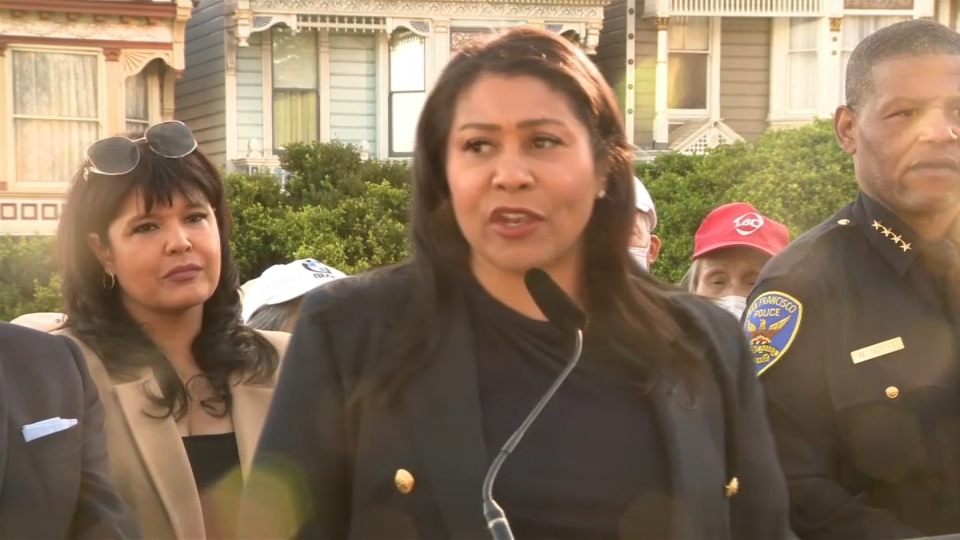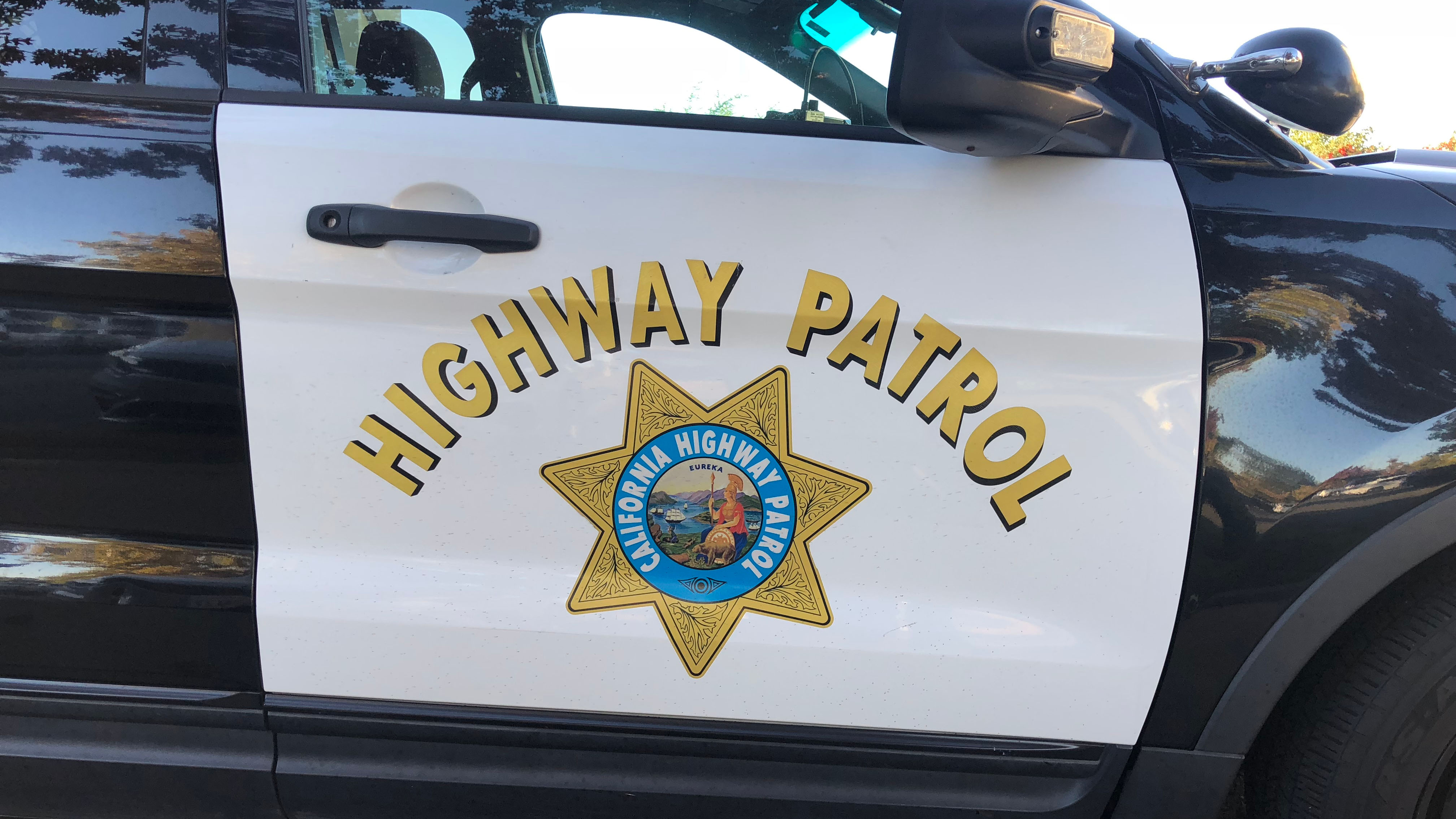At its peak, it was an annual phenomenon — drawing as many as 115,000 people to the San Mateo County Event Center to watch giant machines spewing fire as they thundered across the parking lot.
But in 2019, the organizers of Maker Faire announced they had held their last event in the Bay Area. Maker Media closed up shop and laid off all 22 of its employees. Some tech industry observers proclaimed the "maker movement" was dead.
But Dale Dougherty, often credited as the father of that movement, wasn't done yet. Over the past few years, he's been quietly reorganizing his business affairs into a new venture called Make Community — and on a sunny Friday in October, school buses full of eager kids pulled into a parking lot on Mare Island in Vallejo to see what he's been cooking up.
"It's like coming back to where you belong," Doughterty said with excitement in his voice. "This is our relaunch, in a new location with kind of a new format."
Get a weekly recap of the latest San Francisco Bay Area housing news. Sign up for NBC Bay Area’s Housing Deconstructed newsletter.
The new Maker Faire spans two weekends: October 13-15 and October 20-22. Because the event space on Mare Island is smaller than San Mateo's sprawling Event Center, many exhibits will change between the first and second weekends, grouped together by themes like fashion and robotics. But Dougherty said the spirit of the event hasn't changed:
"This is just a show and tell for everybody," Doughterty said. "Not just for kids, but adults as well."
The exhibitors include artists like blacksmith Celeste Flores, whose hammering echoed off the walls as she pounded glowing hot scrap metal into something new.
Local
"I think it's gonna be a very, very large broadsword," she said.
At the next table, a machinist revved up a tiny scale model of a Chevy V8 engine, every part made from scratch.
"It's art that actually runs," explained Steve Hazelton of the Bay Area Engine Modelers' Club. "All of the stuff that's made in our club, they're made to run — not just to look at."
Not far away, an entire family pedaled stationary bicycles next to a stage with a DJ booth.
"Our group is called Rock the Bike," explained Paul Freedman. "We've been doing pedal-powered concerts since 2007."
Beside the bicycles, an LED meter showed the amount of electricity being generated by the spinning bike wheels. Pedaling as hard as he could, the smallest kid in the family enthusiastically began ringing the bell on the bike's handlebars.
"The pedalers themselves can take a bell solo during the show whenever they want to," Freedman explained. "Sometimes our sound technicians don't like the sound of the bell frequency, but I think it's great."
The new venue for Maker Faire's re-launch is far different from a convention center. Many exhibits are outdoors along the water, and some are inside historic structures left over from Mare Island's days as a naval shipyard.
"I think we're really leaning into this venue," said Gillian Mutti, marketing director for the newly-formed Make Community. "As you can see, it's industrial, it's gritty."
In some of the indoor spaces, smaller exhibits are on display like Glen Anderson's "water computer." On a long table, huge tubs of water are connected by tubes. Numbered ping pong balls float up and down in a row of square vessels in front of them.
"It's a mechanical computer powered only by water," he explained. "Back in the 90s, I was a chip designer. And I wanted a way to explain computers to my kids."
Signs invite visitors to help power the computer by grabbing a bucket and dumping more water into the tubs. The ping pong balls control valves that start and stop the flow of water, emulating the flow of electricity through a silicon logic chip.
"It's about a hundred trillion times slower than your iPhone, but it proves the point as an educational model," Anderson said.
Deeper inside the building, Eliza Kosoy showed off her aptly-named Eliza Doll prototype — a doll that helps kids learn to code — and Sam and Amanda Freeman invited guests to come take selfies in their retro robot photo booth — a project they built for their robot and steampunk-themed wedding.
"I 3D-printed her a robot engagement ring," Sam said proudly, as Amanda showed off the metal band with tiny robot claws gripping a real diamond.
"This is kind of a nerd's delight, in many ways — even if you're not nerdy," Dougherty said as power tools buzzed and whirred all around him. "Being around smart people is really refreshing. These are ordinary people who figured out how to do something. You can learn from them."
And he added his hope for the rebirth of Maker Faire is a simple one: making more makers.
"I want everyone who comes to feel like they can do this too," he said. "You can get inspired to do something that you can bring to Maker Faire."



